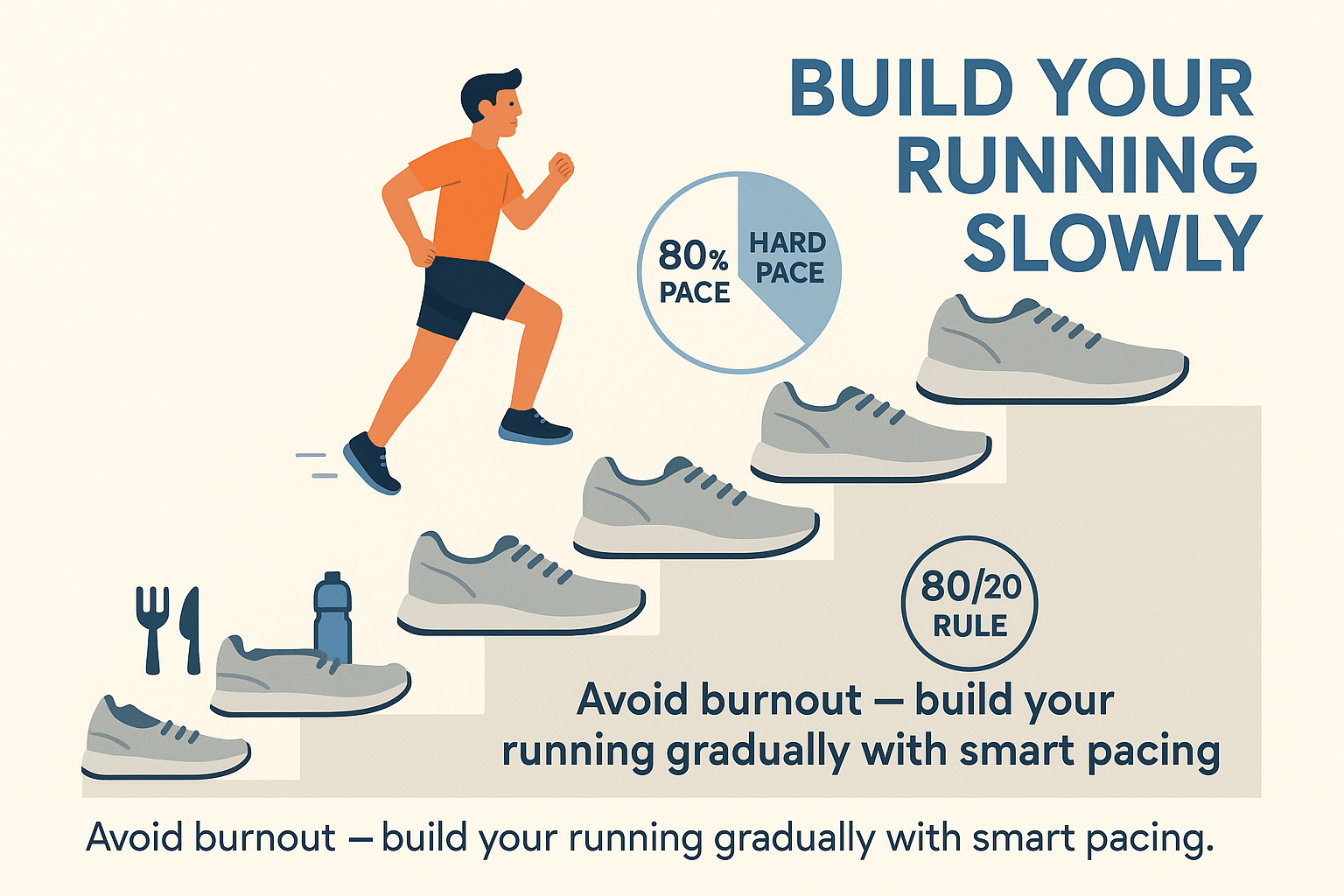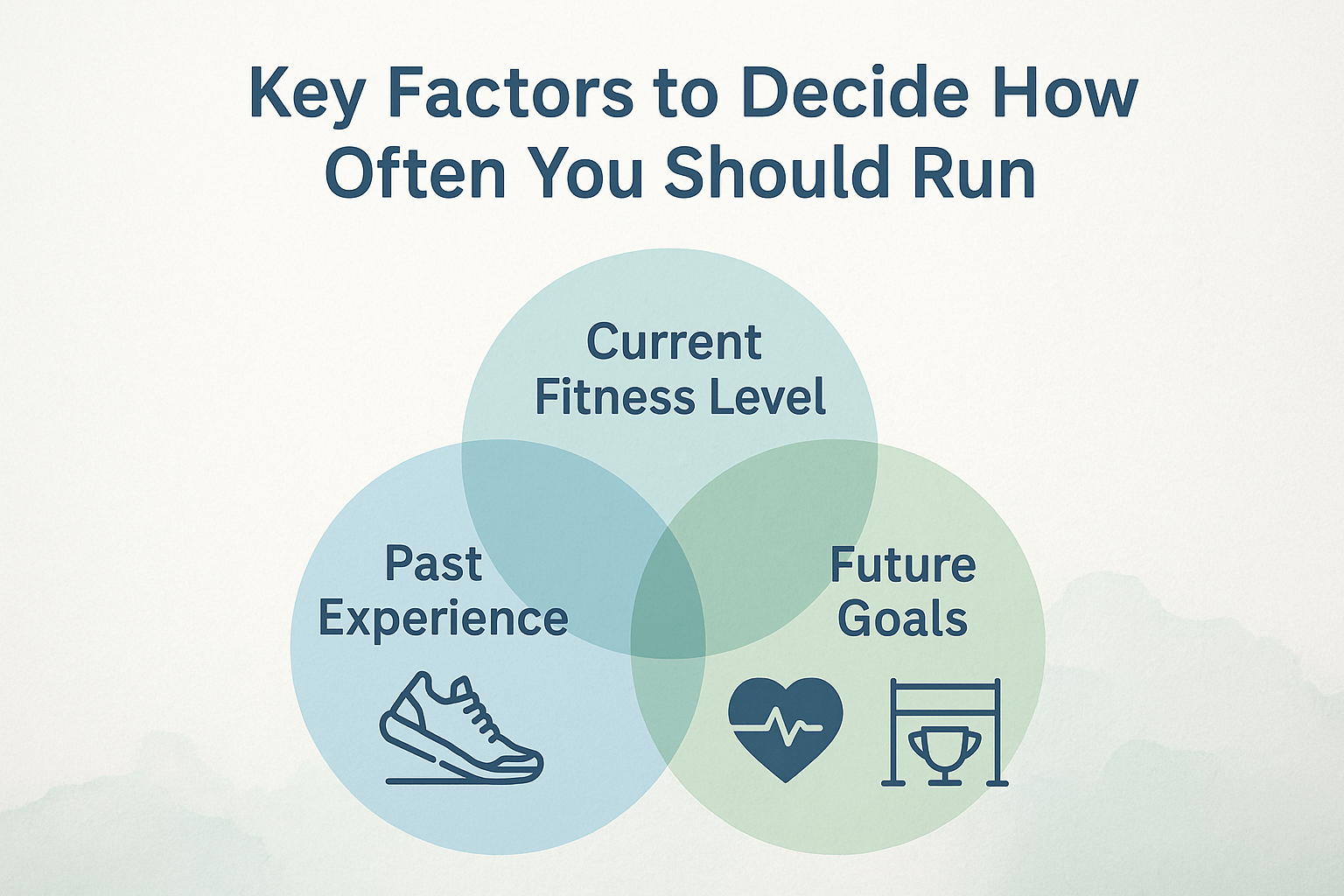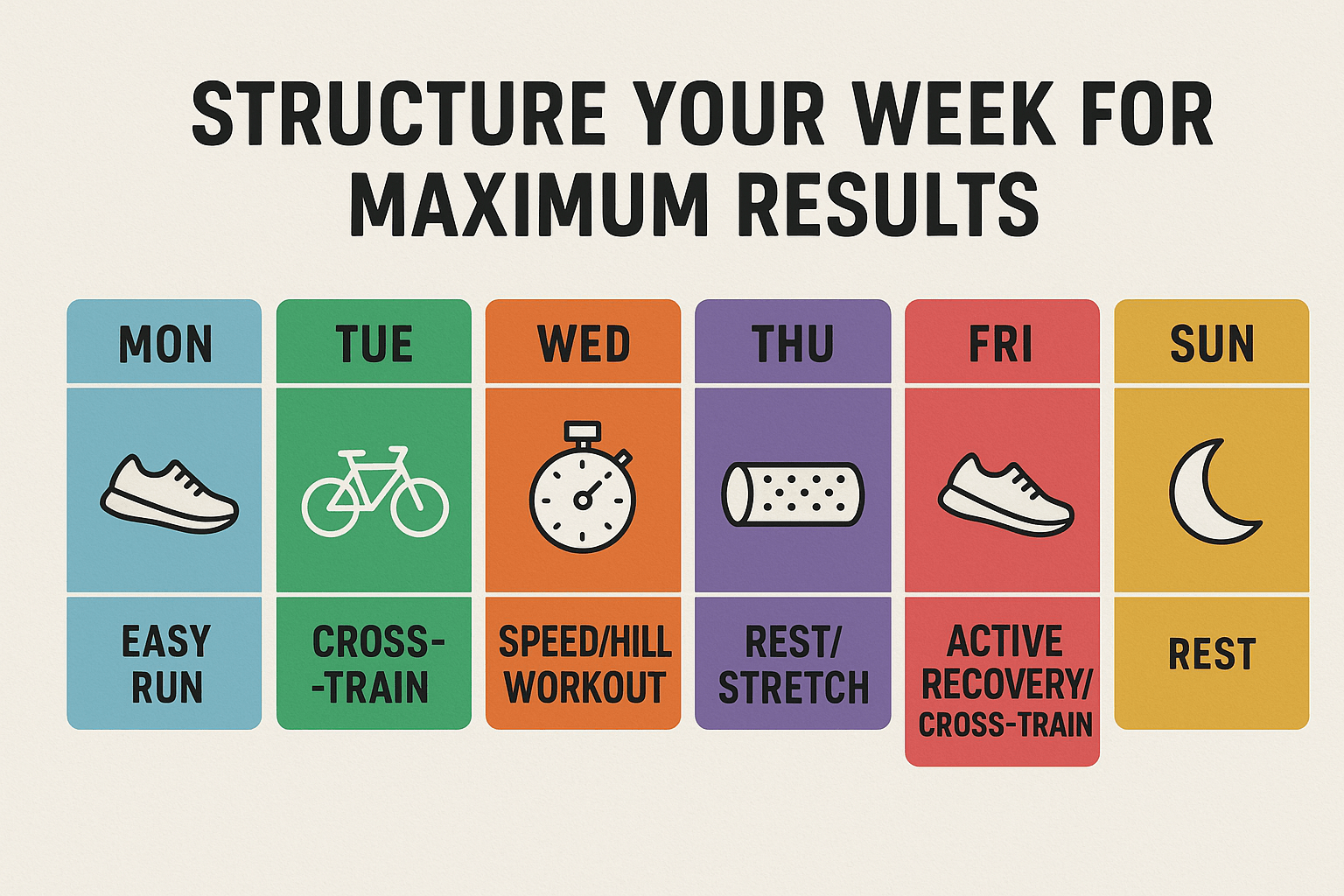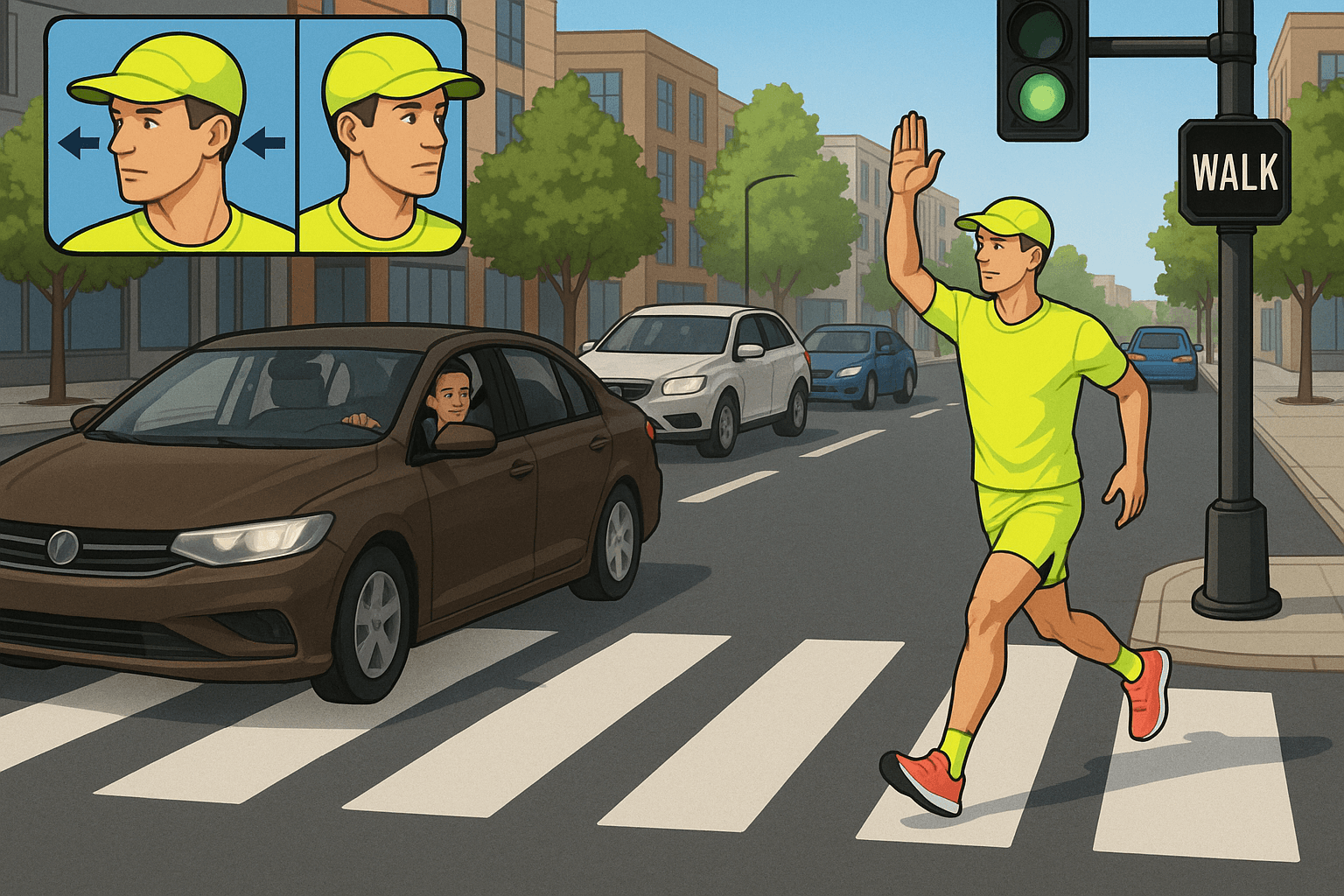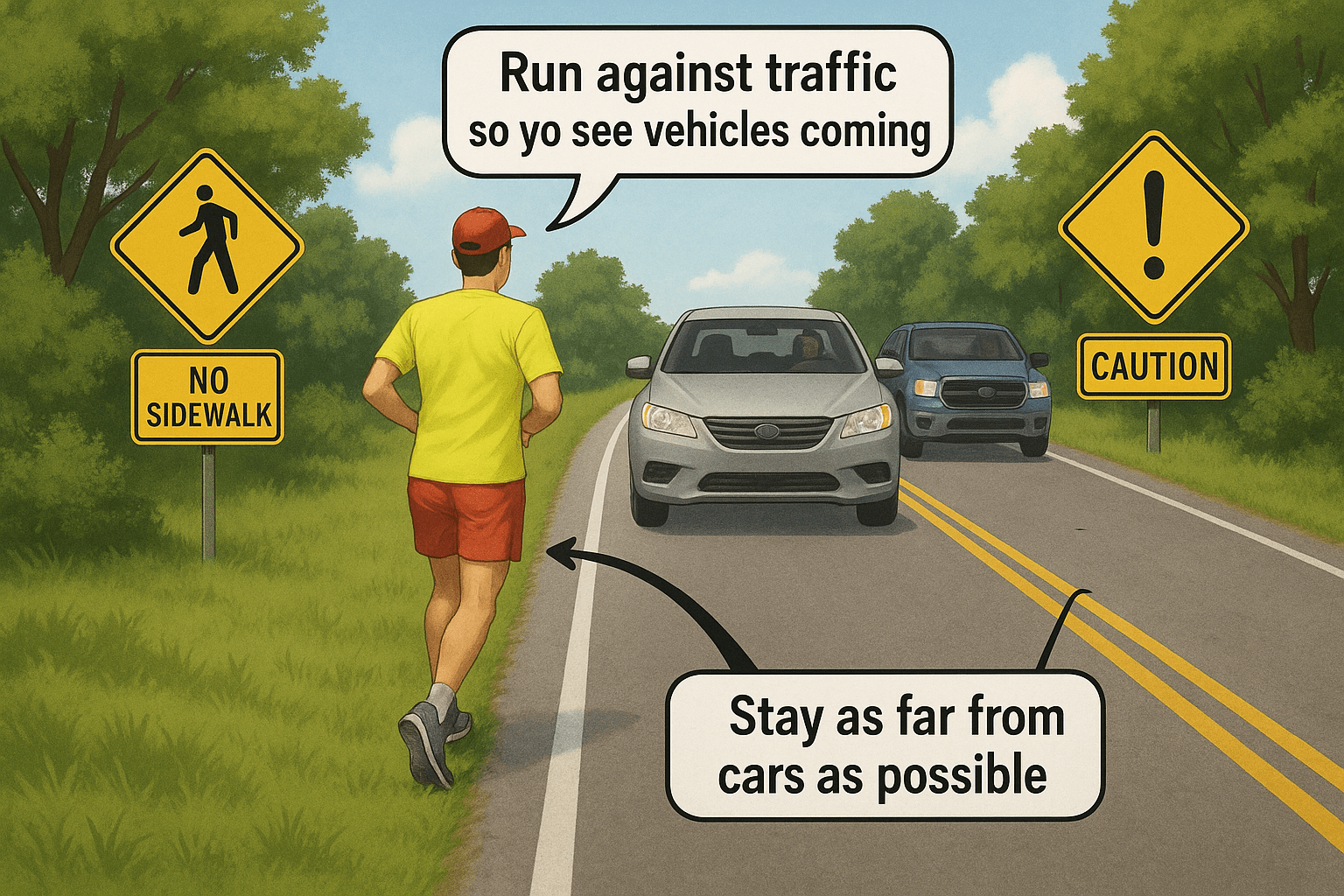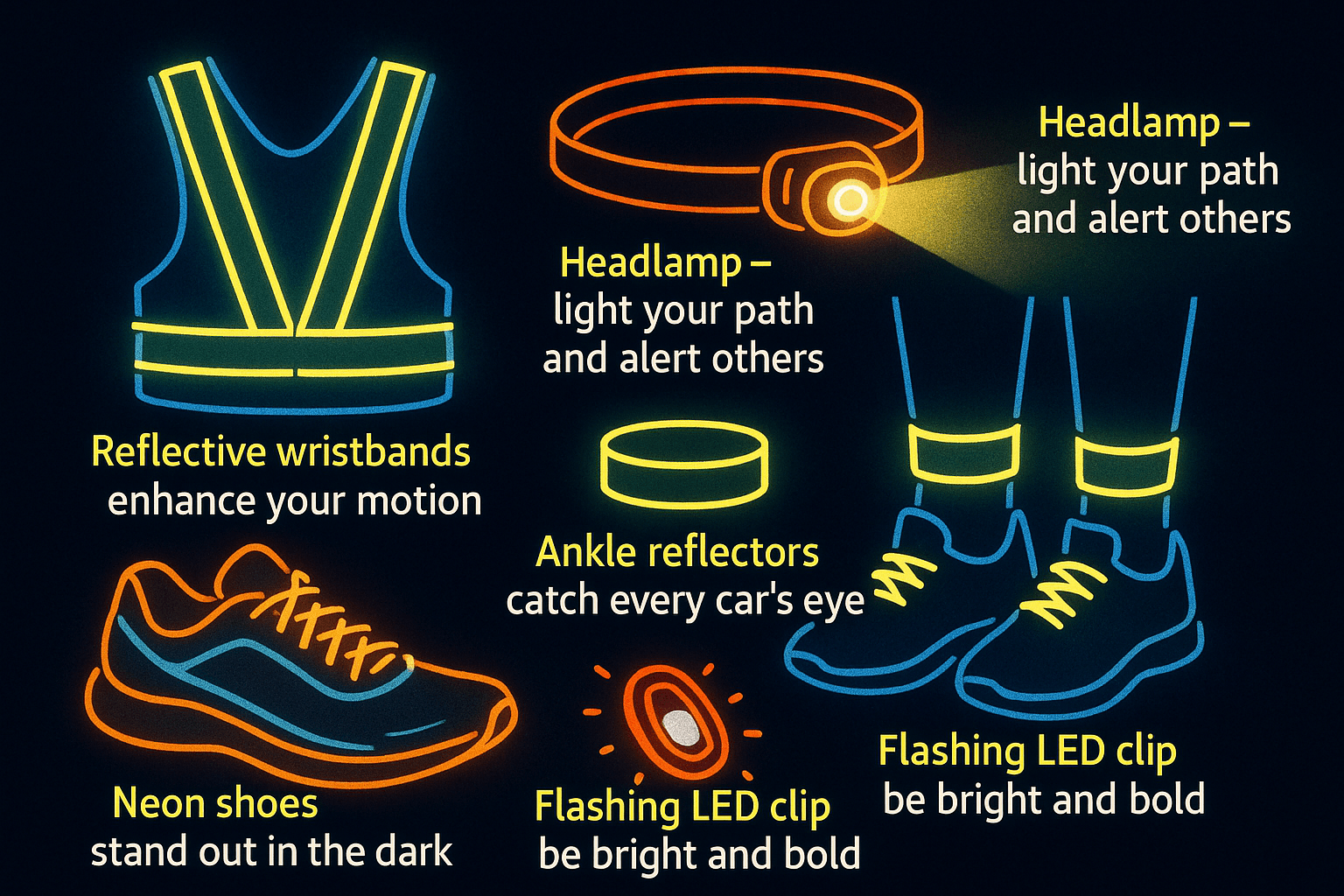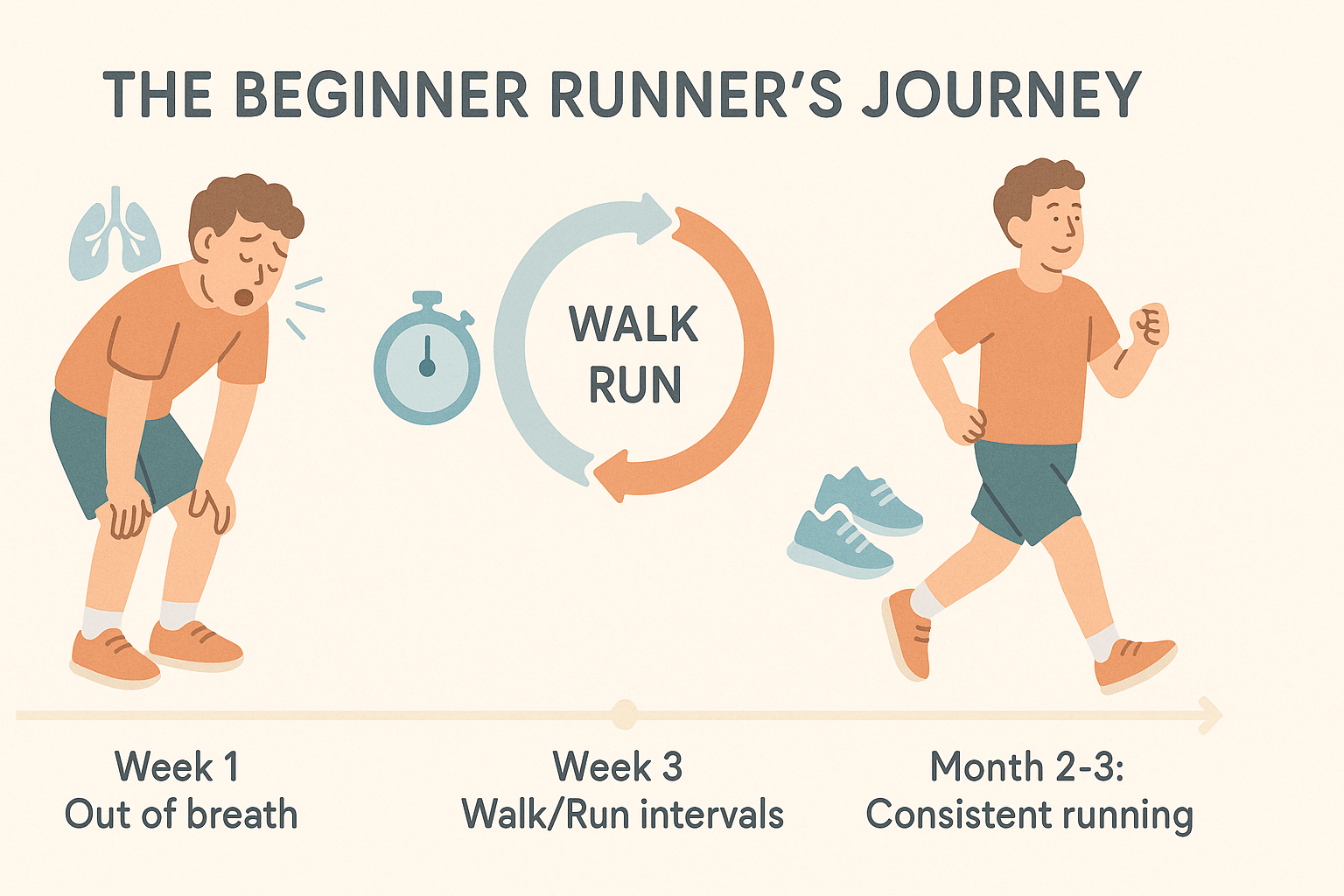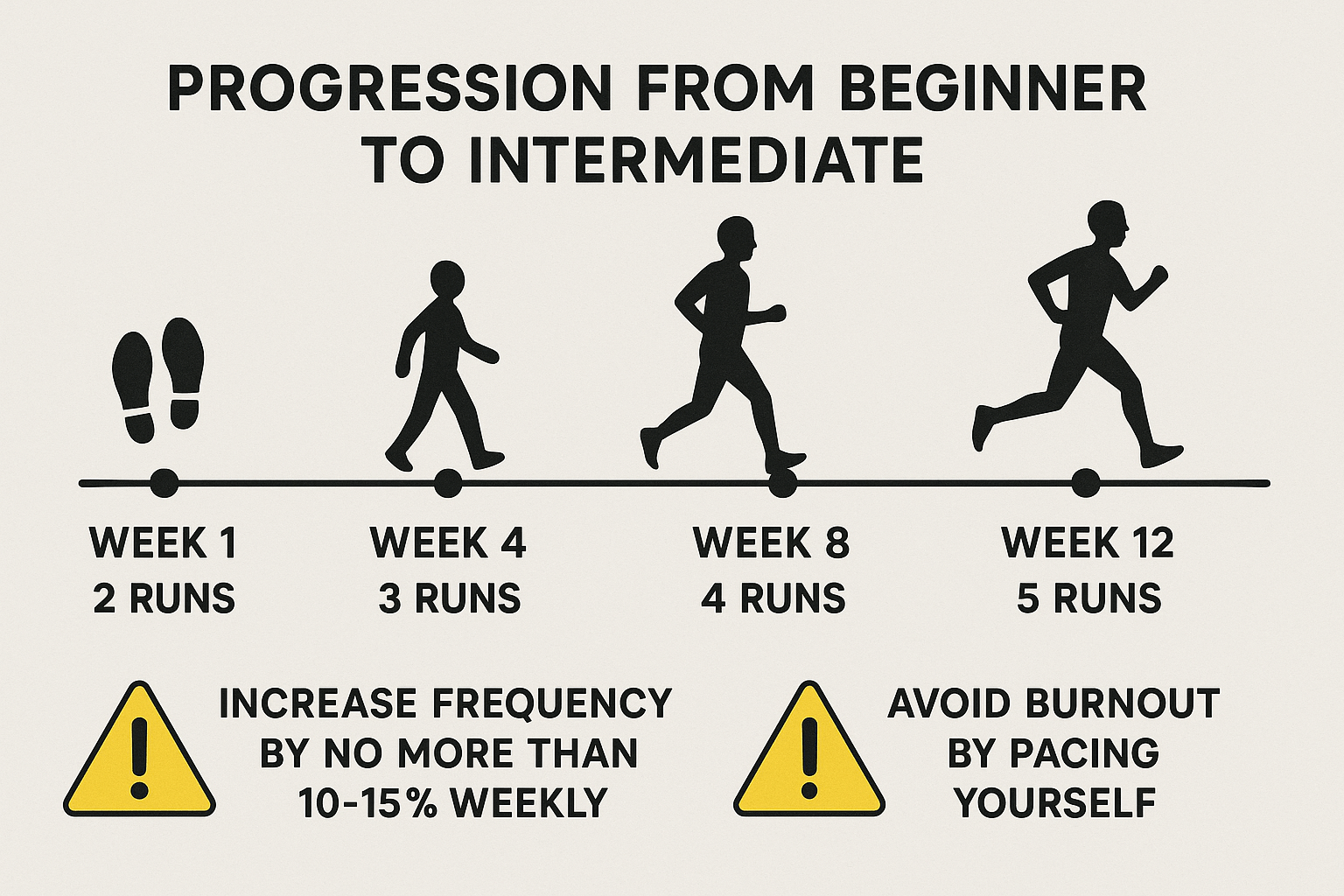Starting to run can feel tough. I totally get it because I’ve been there myself.
During my early runs I’d be out of breath before even hitting the first mile. I’d think, “I’m fit! I’ve got this!”—only to end up walking, hands on my knees, trying to catch my breath. It’s hard, and it can feel frustrating, but trust me, you’re not alone.
The truth is, running isn’t about going all out from the start. It’s about pacing yourself, building up your endurance, and learning how to avoid burning out too soon. I found out the hard way—it’s not about rushing. It’s about taking your time and easing into it.
Here’s the great part: you can totally do this. You don’t need to aim for crazy distances or race like a marathoner. Take it easy at first, and you’ll see improvement. I’m here to help you avoid the mistakes I made and get you on the right path.
Let’s get started the right way—no more gasping after just one mile, I promise!
How to Get Into Running – The Ultimate Guide for Beginners
Let me give it to you straight: gonna feel like crap in the beginning. But here’s the thing: that’s totally normal. I’ve been there. We’ve all been there. You’ll probably be out of breath after just a few minutes. You’ll think your legs are made of cement. And your body will be screaming, “What the heck is going on here?” But if you stick with it, running can be one of the most rewarding things you’ll ever do.
It’s all about starting slow, finding your rhythm, and not expecting to turn into a marathoner overnight. Patience and consistency are the keys. I’ll walk you through how to get started without blowing up your knees or burning out in the first week.
Start Slow: Don’t Rush It
You’ve probably seen those runners who look like they’re floating on air and thought, “I wanna do that!” But let me tell you something: that runner didn’t start out that way. They worked for it.
When I first started, I made the mistake of going too hard, too fast, and guess what? I got hurt. It’s a common rookie mistake. You get all excited, put on some cool gear, and try to keep up with someone who’s been running for ages. You push yourself until you’re gasping, and the next thing you know, you’re sidelined with an injury. I know it’s tempting to push hard, but slow and steady is the way to go.
Start with walking before you run. Easy, right? Spend a few weeks walking at a brisk pace, get your body used to the movement. Start slow with three or four one-hour walks a week, and then slowly add some jogging intervals. Believe me, your body will thank you.
The Walk/Run Method: How to Build a Running Base
If you’ve walked for a couple of weeks and feel like you’re ready to take the plunge, it’s time to introduce the Walk/Run method. This is hands down the best way to build your endurance without burning yourself out.
Here’s how it works: Warm up with a 5–10 minute brisk walk, then jog for 30 seconds to a minute, and follow it with a 1–2 minute walk. Repeat this cycle for 20–30 minutes. As you get fitter, you’ll gradually run longer and walk less.
I promise, it works. When I first started doing this, I felt like I was cheating, but within a month, I was running solid miles with no problem.
Gradual Progression: Don’t Rush It
If there’s one thing I want you to take away from this article, it’s this: Don’t rush it. Your body needs time to adjust to running.
In the beginning, it can feel like you’re not making any progress. But let me tell you, every run counts. Building your endurance takes time—months, not weeks. If you’re not willing to take it slow and build up gradually, you’re gonna end up frustrated, injured, or both.
In the beginning, try adding just 3-5 minutes to each run. So, if you ran 10 minutes last time, aim for 13 minutes this time. No need to rush. As your body gets used to the pounding, you’ll start running longer and faster.
Distance vs. Time: It’s All About Time First
Don’t worry about distance yet—focus on how long you’re running.
Instead of obsessing over how far you’re running, focus on how much time you’re running. The longer you stay active, the better. Once your stamina improves, you can start worrying about distance.
Monitor Your Effort: The Talk Test
Try the Talk Test.
It’s pretty simple: if you can carry on a conversation without gasping for air, you’re running at the right intensity. If you’re struggling to speak a full sentence, you’re probably pushing too hard. It’s not about speed when you start—it’s about going at a pace you can keep up with.
Rest Days: The Unsung Hero of Progress
Rest days are just as important as your training days.
Without proper rest, your muscles don’t get the chance to rebuild, and that’s how injuries happen. Don’t be that person who pushes themselves every day. You’ve got to let your body recover.
Take at least two days off per week. Use that time to stretch, foam roll, or take a walk. You’re not slacking—you’re giving your body time to recover.
How Long Until Running Feels “Easy”?
With time, it will get easier.
When you’re starting, running is tough, uncomfortable, and you’re probably gonna feel like quitting halfway through a run. That’s okay. I’ve been there, and I can promise you it gets better.
How long will it take? That depends on you. Your fitness level, age, and consistency all play a role. But give it time, and it will get easier.
On average, if you’re training consistently, you should start seeing real progress after 2–3 months. Don’t get discouraged early on—this is a long game.
Conclusion: Keep Going, Keep Improving
If you’re looking to start running, here’s the key: take it slow. Don’t expect overnight results. Focus on building your stamina, monitoring your pace, and being patient. The road to becoming a runner is long, but every run gets you closer to the runner you want to be.
So lace up those shoes, hit the pavement, and remember: Every run builds the runner you’re becoming.

